With temperatures dropping, Chris Michael, Managing Director of leading British air treatment specialist Meaco, suggests simple steps to take to reduce mould and damp as we move into colder months, whilst improving air quality to help keep families healthy.
As we move into the colder months, condensation increases, which can cause mould and damp, and associated health problems. With warnings coming from the Government about the importance of keeping heathy this winter, partly due to COVID still being around, and with the real threat of energy prices rising sharply, the need to combat this problems in a cost effective and targeted manner is even more relevant now.
Condensation is caused from increased moisture levels, most noticeable as water droplets on windows, which results from the daily routine of showers, baths, boiling kettles, cooking, using a tumble dryer, drying clothes and even breathing. As we prepare for Autumn, closing our windows and doors, this damp air is captured inside. Condensation means poor air quality and health can be adversely affected, with mould spores (seeds) spreading around a home causing allergic reactions for some. The energy efficiency of a property is reduced as heating must work harder to try and combat these issues and there can be a visual deterioration and structural damage to a property.
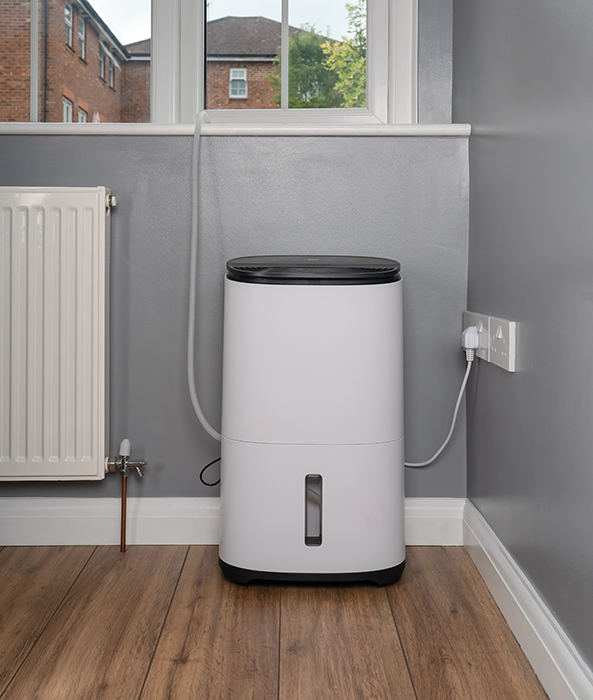
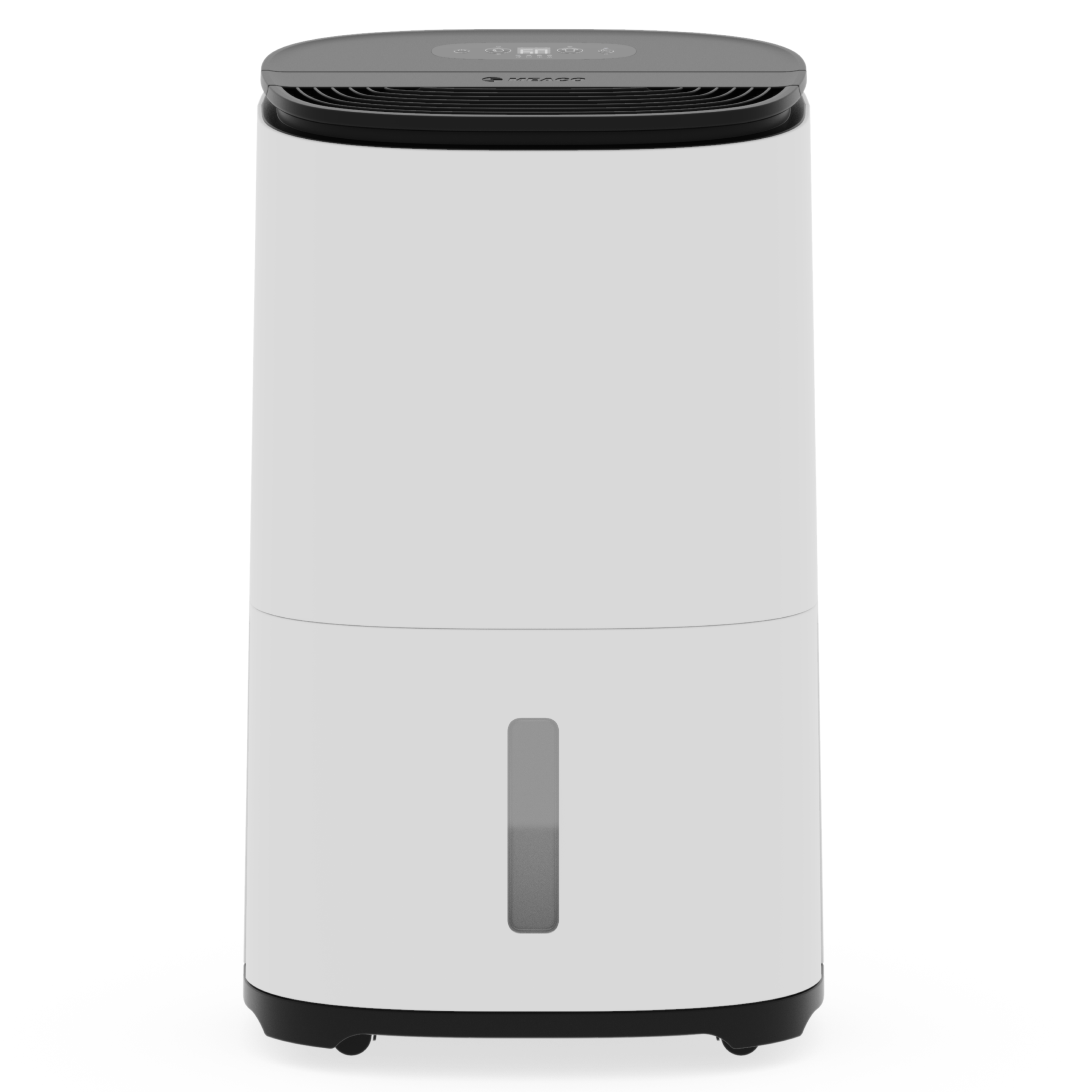
Some simple actions can be taken to help reduce condensation immediately. Reduce moisture by placing lids on saucepans when cooking and use an extractor fan when bathing or showering, opening a window if possible. Avoid drying washing on radiators, but use a clothes horse and put it in a room with an extractor fan. When drying clothes in a tumble dryer make sure it vents to the outside. Warming up a house by opening curtains and blinds during the day to warm rooms up will prevent moisture being trapped around the windows. Open doors of built-in wardrobes sat against outside walls and try to avoid clothes and shoes from touching outside walls and don’t let furniture touch outside walls. Outside a property, it’s important not to block up any air bricks and keep gutters clear to make sure water does not spill down walls.
These actions will help reduce moisture in your home. However, when it comes to letting fresh air in by opening windows, this simply is not practical as we move into colder weather. Another solution is to invest in a low-energy dehumidifier, preferably one that also has a medical grade air filter to give you cleaner air at the same time. They work by reducing the level of humidity in the air, by sucking in air from the room at one end, removing the moisture, and then blowing it back out into the room again, adding warmth at the same time. No more waking to water streaming down your windows; your heating will work more efficiently; and you will even notice your laundry drying faster.
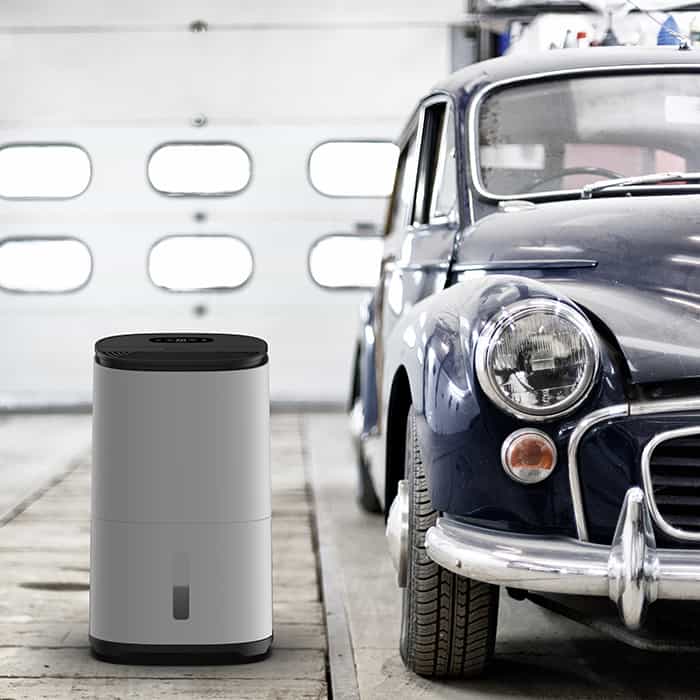
Meaco is a leading British manufacturer if dehumidifiers, and has spent nearly five years gathering the feedback from over 2000 customers about what they liked and disliked about their Meaco dehumidifiers. The overriding feedback was that dehumidifiers can be confusing, and the result was the launch of the Arete ® One. With most users wanting to be able to simply switch on their machine, walk away, and for it to get the job done, the Arete One was designed to do just that. The machine does all the work, working out humidity levels and fan speeds, so simplifying the whole process. It is a hybrid dehumidifier, as it also has a dedicated air purification mode using H13 medical grade HEPA air filters. Arete One will both reduce moisture and clean the air so eliminating the need to purchase two separate products. With more people increasingly aware of the benefits of clean air in the home, the filter is designed to be 75% larger than on previous Low Energy models, and can easily be cleaned from the side without having to move the unit. Arete One can be used to clean the air during dehumidification or as a stand-alone air purifier. The importance of using a HEPA filter is that it removes 99.7% of particles that have a size greater than 0.3µm which means that it is removing allergens much smaller than a human hair, things that you cannot see but your eyes and nose can certainly sense and react to! The HEPA filter cleans whatever air is being drawn through the dehumidifier so whether you are using the machine as a dehumidifier or just as an air purifier you benefit from cleaner air.
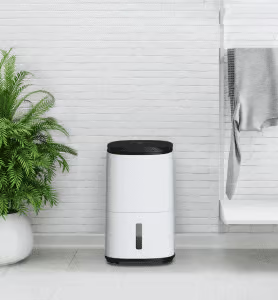
In addition, the cutting-edge compressor technology in the Meaco Arete range provides the most energy efficient range of Meaco products yet, helping to alleviate rising energy cost concerns. The Arete One runs as quiet as just 40dB, which is quieter than rainfall, making it suitable for use inside the home, near bedrooms. The low noise levels of the 20L model has resulted in it being awarded a Quiet Mark.
On the successful launch of Arete One, Chris Michael commented, “We are so proud that Arete One has been so well received, and that it is changing families’ lives for the better. Customers tell us that they wondered how they ever survived before Arete One!”
Products featured: MeacoDry Arete collection






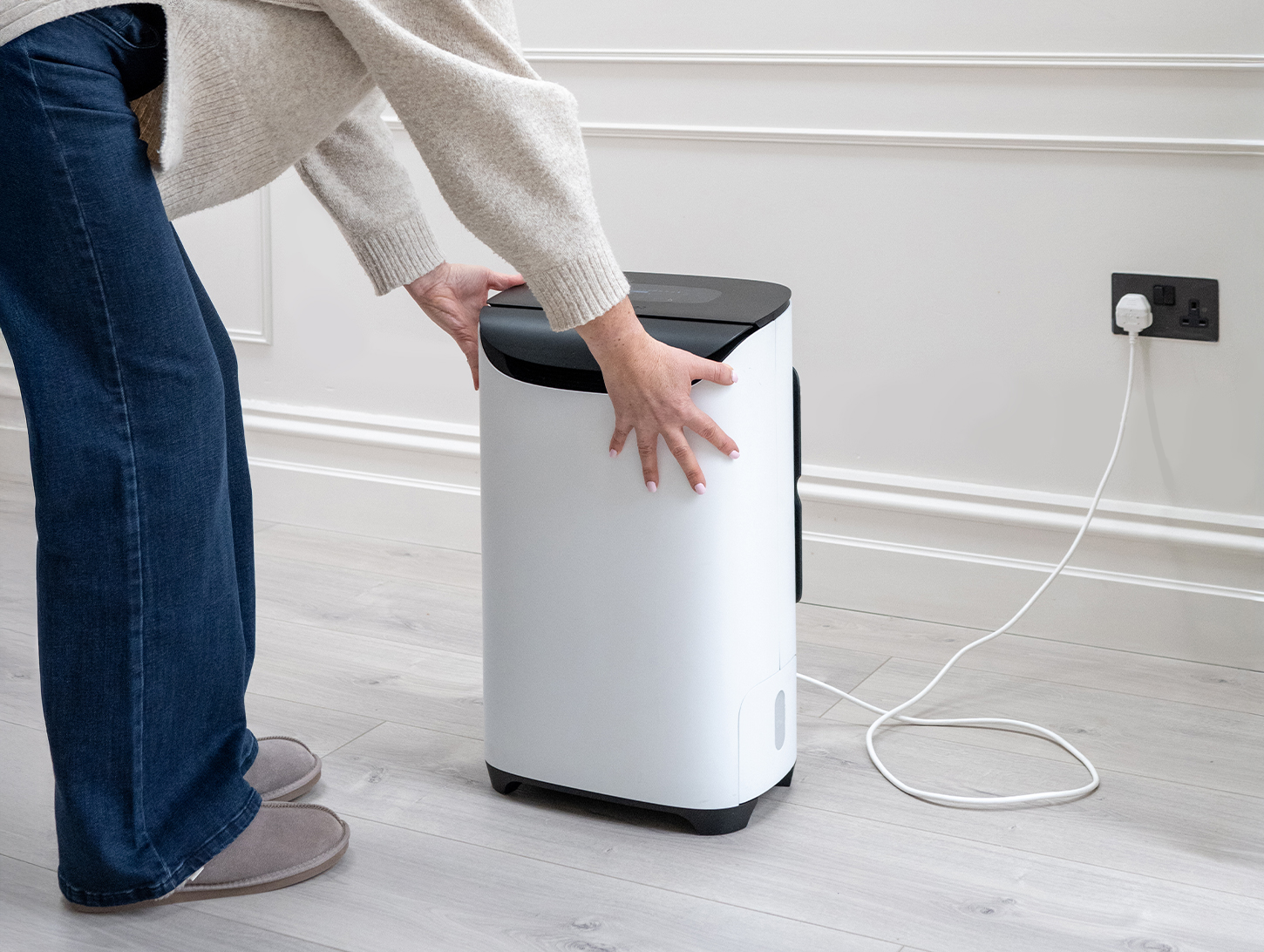
4 responses
I’m interested in this too as trying to decide between the 20L and 25L (and we’ve never had a dehumidifier before so new to this!). 4-bed house – condensation on upstairs windows in mornings during winter, particularly in 1 colder bedroom that is prone to developing mould spots around the window in winter. 2 adults, 2 kids. Dry laundry inside during winter (in bedroom with heated airer and window open – that room does not suffer from mould). Can’t decide if 20L or 25L would be best for us – the slightly quieter (and cheaper) 20L seems appealing but would you recommend 25L?
Thank you for your message. The advantage that a 25L machine will give you is that it will get the job done faster and costs less per litre of water collected. But the 20L will cope and if that is within budget then stick with it.
Chris
Hi, which factors should be consider when deciding between the 20L and 25L models? Would the 25L model also be considerably more expensive to run? Thanks
The larger the extraction rate of the machine the less you will pay for every litre of water collected. The more people you have in a house and the larger the house the more you should be thinking about a 25L machine. Also if you dry a lot of washing in the house then go for a 25L.
Chris